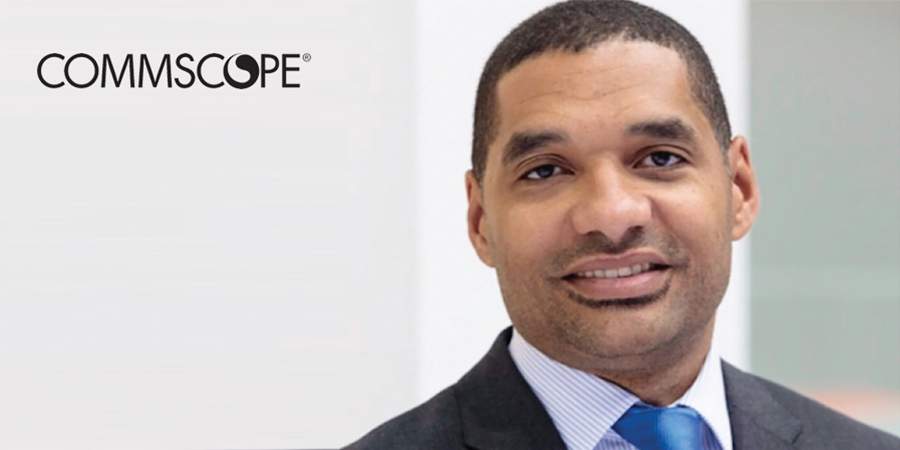By Femi Oshiga, vice president of Service Providers for the Middle East & Africa, CommScope
The UAE is ahead of the curve in terms of 5G adoption, making the necessary structural reforms to capitalize on the new technology's prospects. Major local telecom service providers, for example, have put in place the required infrastructure for a complete transition, and around 90 percent of the country is covered by 5G, with Dubai approaching 97 percent.
Usage would lead to maturity. According to a recent poll, the UAE placed in second place (after China), with respondents claiming a 5G phone. More importantly, 54 percent of UAE residents saw the advantages of 5G and were willing to pay a higher price for it. Dubai's ambition of becoming one of the world's leading smart cities has resulted in the rapid adoption of 5G.
Powering connectivity across the country
One of the most important lessons learned from the pandemic was that individuals needed to connect from anywhere, at any time, and on any device. The UAE's adoption of 5G will have a significant impact on the telecom sector. Still, its effects will spread across many industries, including government, critical infrastructure, and enterprise. The network will play a more fundamental role in this new way of working as we adapt to changing requirements.
Following the pandemic, the healthcare and education sectors are heavily investing in network upgrading initiatives, including 5G adoption, as most organizations in these areas have committed to digitizing their services, necessitating improved connectivity.
Challenges in 5G adoption
The usage of very high-frequency bands, higher than LTE, is one reason for 5G's fast speeds. The disadvantage is that the range of distances across these can be broadcast is limited, making deployment and optimization difficult. Massive MIMO (multiple input/many output) technologies would assist in overcoming issues and maintaining signal throughput.
Providing mobile connectivity indoors can be difficult in various settings, from stadiums and airports to hospitals and crowded offices. This is related to the number of people in the building – and thus mobile traffic – or the building's architecture. Higher frequency spectrum bands used for 5G connection, for example, are blocked by energy-efficient, glass-heavy structures. Solutions such as DAS (distributed antenna systems) or in-building cellular, which use a network of internal antennas to increase the signal within a building, can solve these issues. Many businesses are implementing in-building cellular for use in their offices, factories, and consumer spaces.
Creating smart cities through 5G adoption
When it comes to outdoor wireless networks, the adoption of 5G networks will continue to accelerate worldwide. According to CCS Insight, 60 percent of all phones sold in Western Europe and North America in 2021 will offer 5G connection, with that number increasing to 85 percent in 2024. We expect operators to focus on pragmatic 5G network implementations to enable these new devices, considering whether deployments can benefit from active massive MIMO deployments.
The widespread adoption of 5G will also benefit the deployment of Wi-Fi 6. These wireless and Wi-Fi networks are complementary, and many businesses will want both since they work together across a wide range of use cases and requirements.
As we look ahead to 2022 and beyond, we see an opportunity to use the network to improve organizations. Therefore, we need to harness these emerging technologies to create more business outcomes by cutting costs and boosting efficiency while focusing on the customer and employee experience. As more world regions gravitate toward smart services and improved connections to provide better living conditions and accessibility, 5G deployment will decide whether a city flourishes or lags behind.











